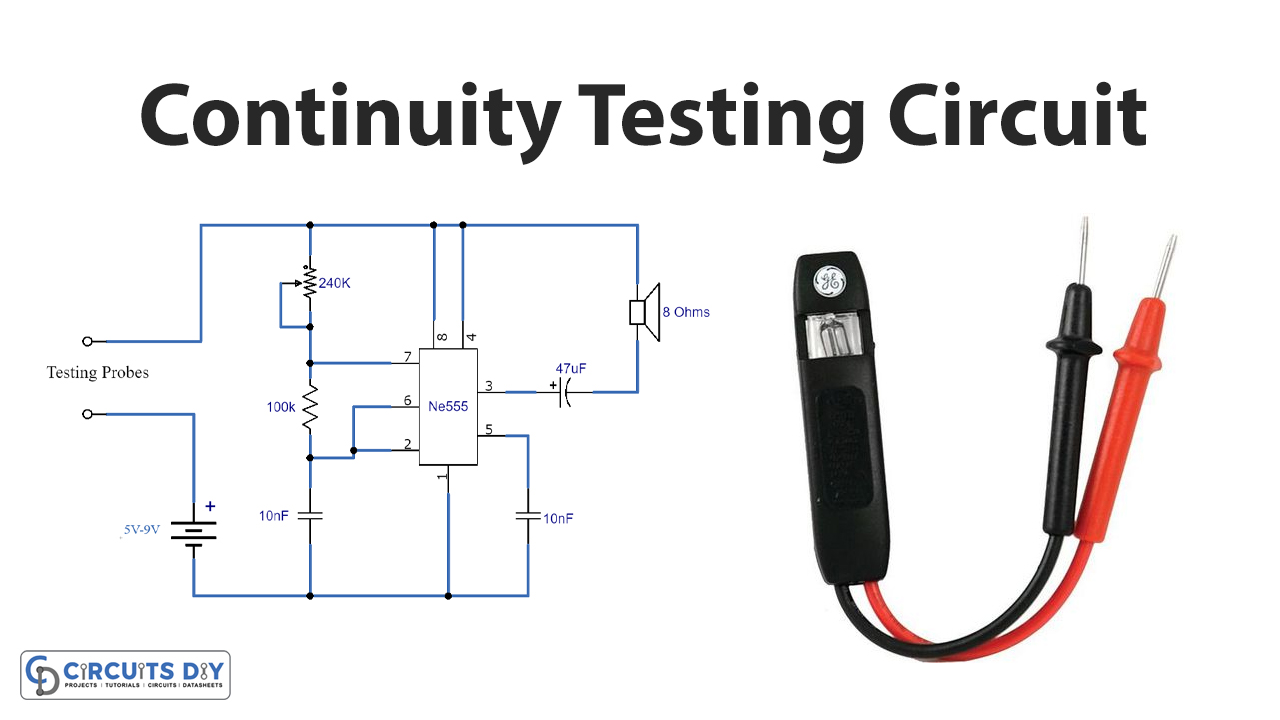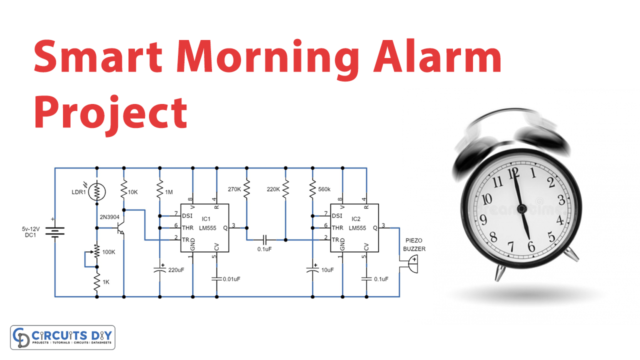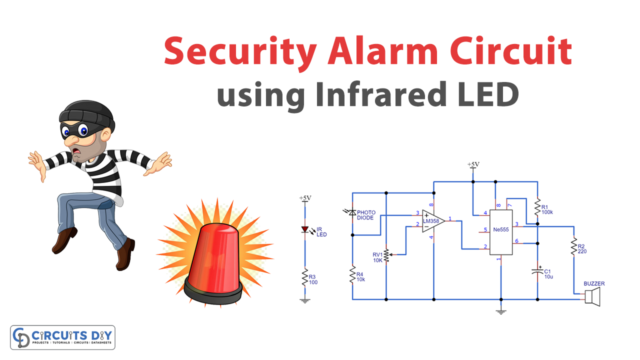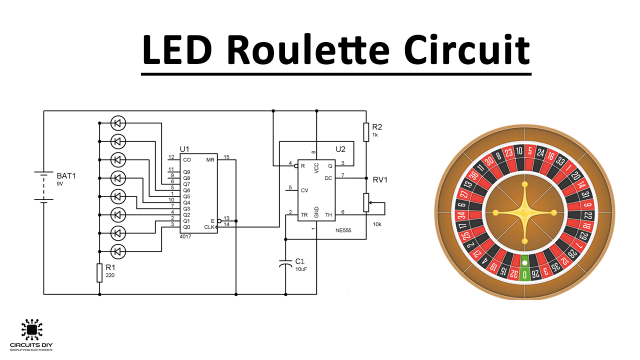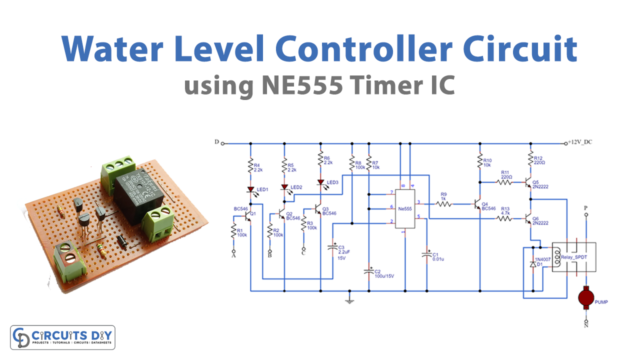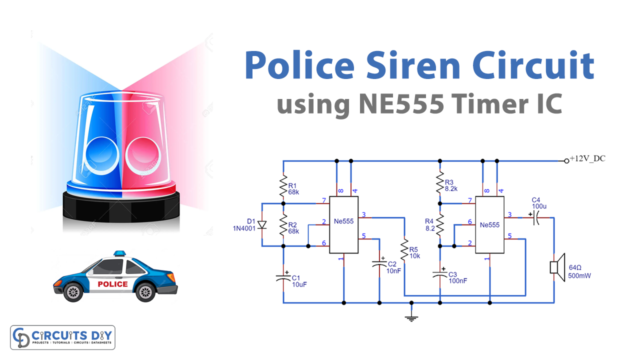Those who have to work with electronic circuits frequently whether at their workplaces or educational institutions need to have a continuity tester on their bench.
A continuity tester checks the circuit and identifies if it’s working fine if any wire is broken and if the circuit is in the open state due to failed components. You can get a tester readily available but it’s really easy and fun to make one by yourself. The figure below shows the circuit of a continuity tester using 555 timer IC. A 555 timer IC is the king of ICs in the electronics world, it’s most commonly used and easily available everywhere.

Hardware Components
The following components are required to make the Continuity Tester Circuit
| S.no | Component | Value | Qty |
|---|---|---|---|
| 1. | Input Supply | 5-9V | 1 |
| 2. | Probes | – | 2 |
| 3. | IC | NE555 Timer | 1 |
| 4. | Speaker | 8Ω | 1 |
| 5. | Resistor | 100KΩ, 240KΩ | 1, 1 |
| 6. | Ceramic Capacitor | 10nF | 2 |
| 7. | Electrolyte Capacitor | 47µF | 1 |
NE555 IC Pinout
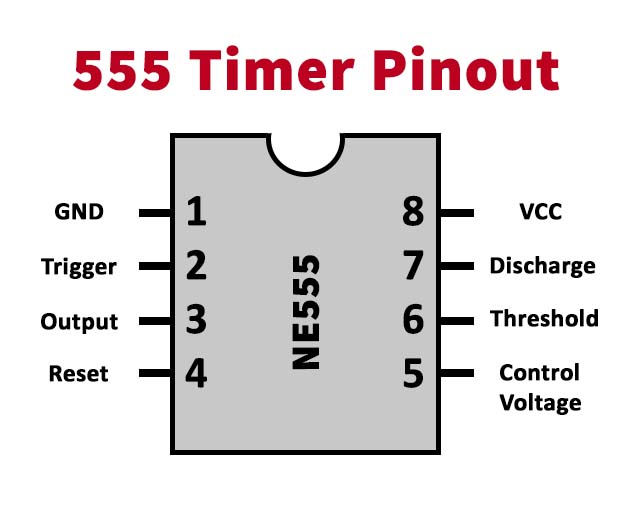
For a detailed description of pinout, dimension features, and specifications download the datasheet of 555 Timer
Continuity Tester Circuit
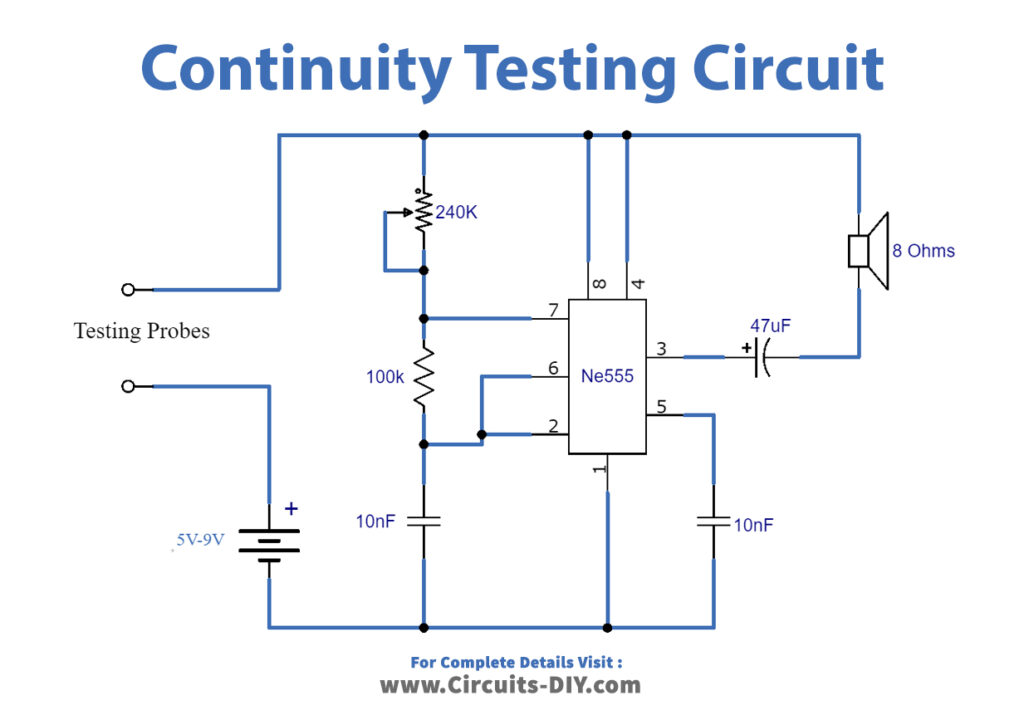
Working Explanation
The operating voltage of this circuit is 5 to 9 volts DC. The 555 timer IC is working in an astable multivibrator mode. There are two probes used marked as testing probes, they are placed on the circuit where you want to check the connections and wires, these probes will detect the current flowing through them. Attach two wires like multimeter wire types with these two testing points to check the continuity. When they detect continuity they will send a signal to the circuit and the IC will activate the 8 ohms speaker that is connected to the output of the circuit through a capacitor. This capacitor is used to cancel any noise in the signal.
The speaker used here is .25 watts but you can use a 1-5 watts speaker as well, or you can also use mini flat speakers. Choose whatever your preference is. The circuit will produce an adequate sound on 5V and a little louder on 9 volts, so you can choose the operating voltage according to the loudness you want.


